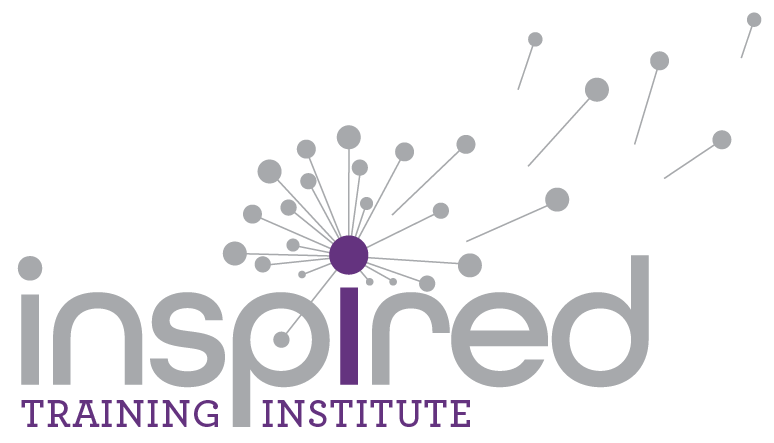Year-In-Review Activity: Kick Off the New Year with This Leadership Team Building Activity
A year-in-review session is one of my favorite activities for leadership teams at the start of a new calendar year. This is a time for teams to pause, reflect, and learn from the previous year’s successes and mistakes. Such discussions can provide actionable insights that inform future strategies and drive continuous improvement.
This leadership team building activity is most effective for teams that have already established trust. When trust exists, team members are more likely to share honest feedback, admit mistakes, and engage in constructive discussions. Conversely, without trust, critical insights may be withheld, diminishing the value of the review process.
If facilitated properly, the year-in-review discussion can also serve as a trust-building exercise for teams seeking greater openness and cohesion. To foster trust during the year-end review, consider the following:
Encourage open communication and active listening.
Reframe mistakes as opportunities for growth rather than sources of blame.
Demonstrate vulnerability by acknowledging personal shortcomings and lessons learned.
Four Steps to Start Your Year-In-Review Process
1. Schedule the Year-In-Review Discussion
Set aside dedicated time to review the previous year’s performance. This should be a focused session, separate from regular operational meetings, allowing the team to give adequate attention to reflection. Some teams reminisce about the positives and negatives of the previous year in an informal setting, such as lunch, to foster relationship-building, alignment, and enlightenment. Others opt for formal meetings with clear, robust agendas that include:
Reviewing relevant data and reports.
Celebrating major achievements.
Analyzing missed goals or underperforming initiatives.
Discussing input from key stakeholders.
Identifying key lessons learned.
2. Reflect on the Positives
Start the review by highlighting accomplishments, both big and small. Utilize data or stories, if appropriate, to illustrate these wins. This not only boosts morale but also reinforces the behaviors and strategies that contributed to last year’s successes. Consider questions such as:
What achievements from last year are we most proud of?
Which of our successes was the most unexpected?
What, if anything, did we achieve that exceeded our goals?
What awards or recognition did the company or any members of this leadership team receive?
3. Reflect on the Negatives
Mistakes and setbacks are inevitable, but they also provide valuable learning opportunities. Approach this analysis with a growth mindset, creating a safe environment to discuss what went wrong and how to improve, ideally without placing blame. Key questions to explore include:
Where did we struggle or drop the ball last year?
What were the most frustrating moments for our business?
Which mistakes could we have predicted?
Which goals did we set but not quite achieve last year?
Where did we fall behind?
4. Document Lessons Learned
Document the key takeaways from the year-in-review process, including:
A summary of successes and their contributing factors.
An analysis of mistakes and proposed solutions.
Recommendations for the coming year addressing these questions:
What best practices and plans will we carry into the new year?
How will we apply what we learned from our achievements and errors to replicate successes and avoid similar mistakes?
This document can serve as a valuable reference point for future decision-making and help ensure that lessons learned are not forgotten. If your team conducts this year-in-review activity annually, the documentation will capture the growth and evolution of the leadership team and the organization over time.
Make Year-In-Review Reflection a Launchpad for Success
Reviewing the past year’s successes and mistakes is a powerful way for leadership teams to learn, grow, and prepare for the future. By celebrating achievements, analyzing challenges, and fostering a culture of reflection, organizations can position themselves for sustained success.
Implement the year-in-review process in a way that aligns with your team’s and organization’s culture, and kick off the new calendar year with meaningful reflection! Make the year-in-review an annual priority and leverage it to drive progress in the year ahead. If you need assistance to get started, please let us know.


